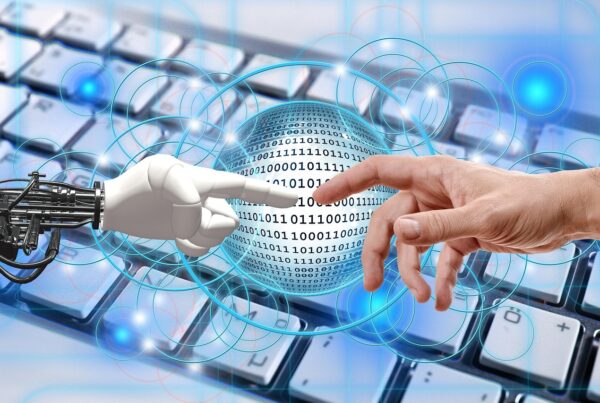#AI@Work: Application is Different than Discovery
Every innovative technology goes through the phase of discovery and then application. This is certainly true with AI. Research laboratories and universities are being replaced by entrepreneurs. New companies are putting the technology to practical use. AI is spreading all over the globe. AI has transitioned from the discovery phase to the deployment phase in the last 30 years. In the 1980s and 1990s we were still in the laboratories, discovering speech recognition and the Internet. The use of AI today is very different than the discovery of AI in laboratory settings. Changes will affect the infrastructure. The creation of new core technologies is mixed with operation details. AI is getting messy, sticky and more interesting every day. It’s not just about the algorithms. It’s about implementation. Implementation means BIG change. Changing infrastructure, creating new products and replacing old ways of doing things. Disruption and obsolescence are essentials for change .
AI has moved quickly in the U.S. but even more quickly in China. The U.S. was heavily responsible for the research and innovation behind AI. China, because of its abundance of data and public infrastructure, is fertile ground for deployment of AI, especially in the workplace. AI plays right into the hyper-competitive atmosphere. China has also proven their ability to turn innovations into a wide range of practical and useful products that can go to market. The combination of innovation and practical implementation has, in a few short decades, taken AI from the laboratory into nearly every home. The Chinese have more than 1.1 billion smartphones, most of which have “Alexa.” Apps like “We Chat” have fueled the data explosion. Chinese people use more apps than any other group of people on the planet.
#AI@Work, #WFH, #Virtual Touchpoints, #ThePajamaEffect, #The Visual Connection, #BobbeGB, #BobbeBaggio, #Touchpoints, #Remote Workplace, #WorkFromHome, #PJEffect, #LinkedInNewsLive





